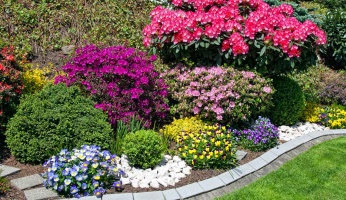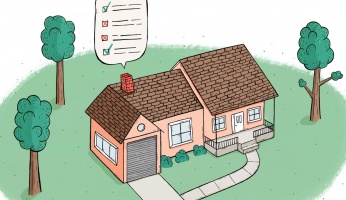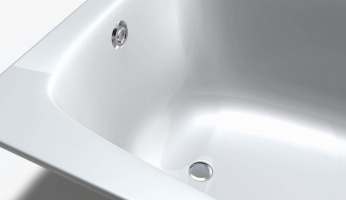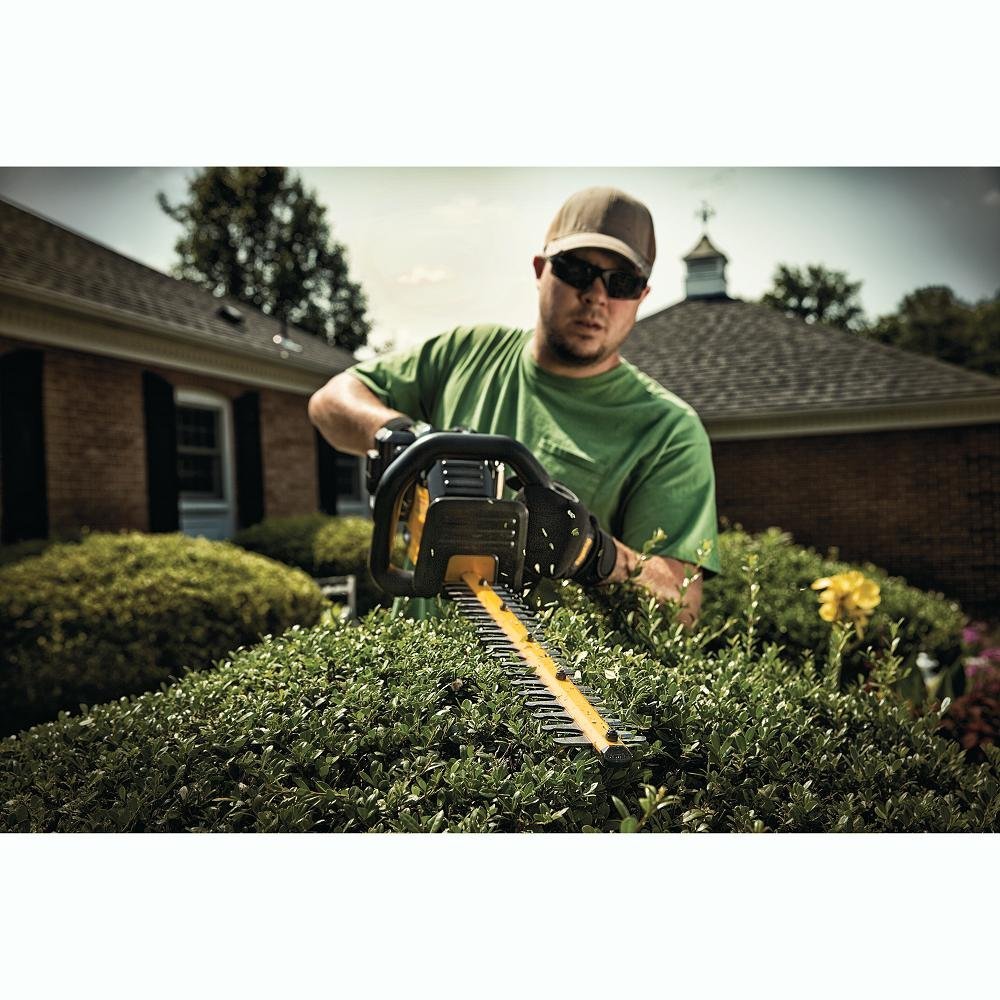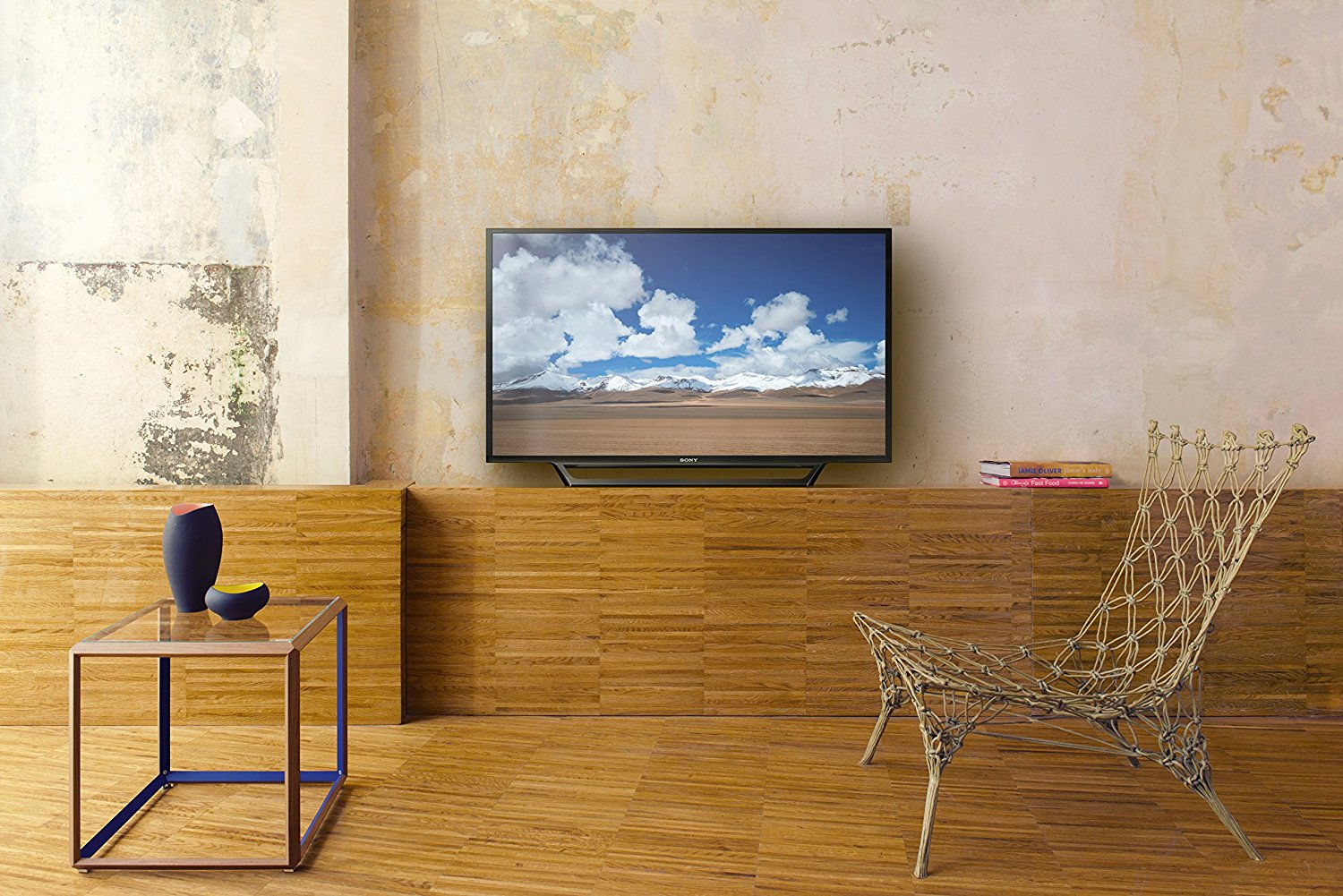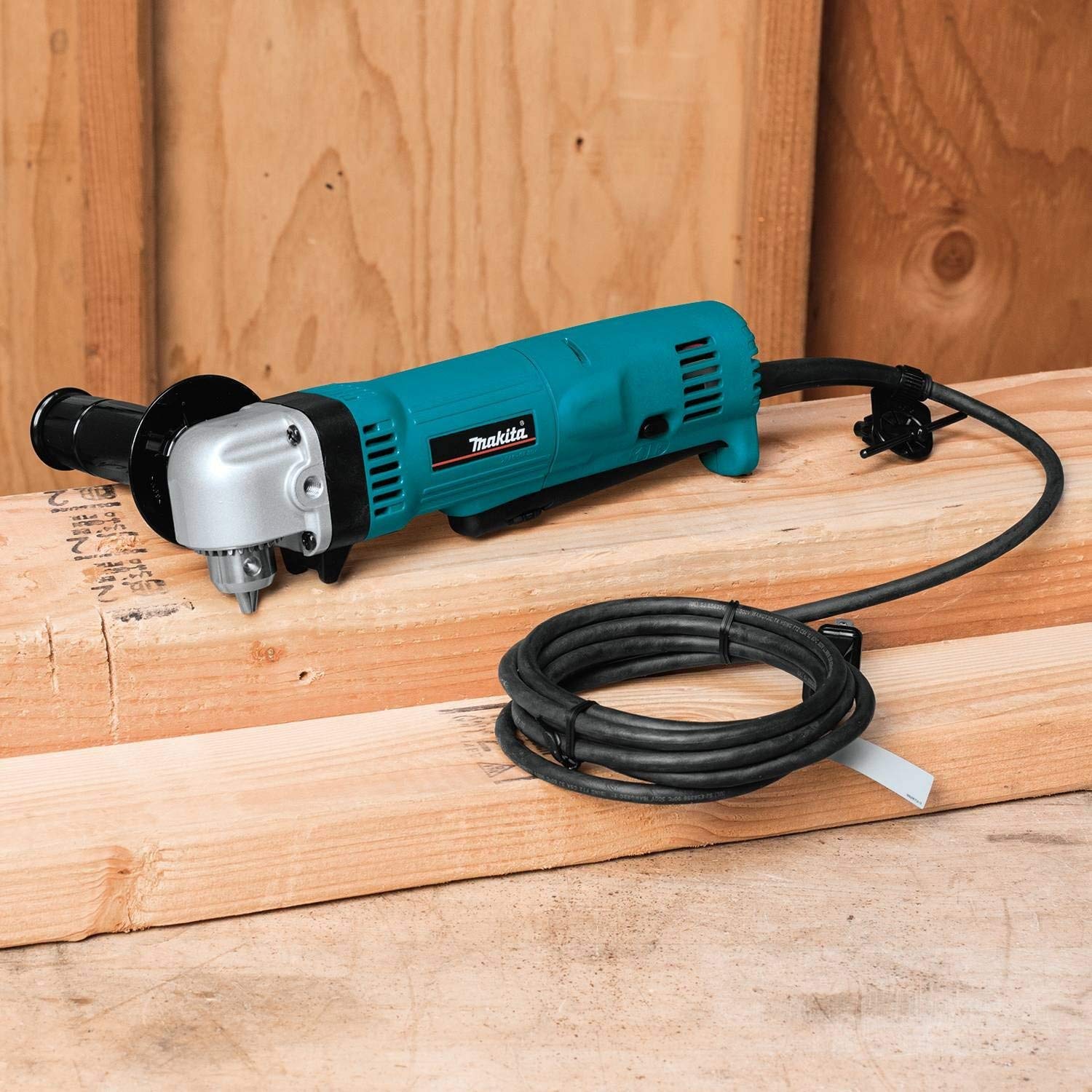- No Obligations
- Stop Paying Too Much For Your Contractor
- No Spam Calling
- Screened & ID Checked Contractors only!
How to Make Compost? The Easiest Way to Make Your Own Compost
0
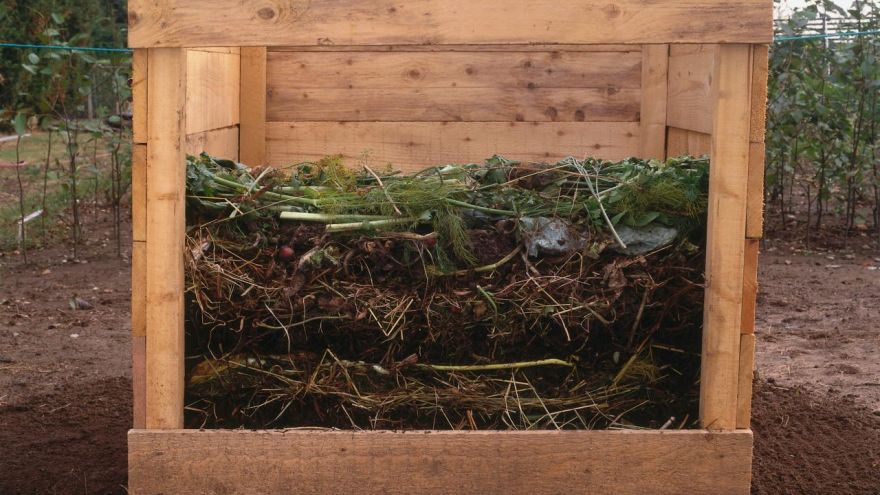 How to Make Compost? The Easiest Way to Make Your Own Compost
earlyexperts.net
How to Make Compost? The Easiest Way to Make Your Own Compost
earlyexperts.net
If you are interested making your plants as green and healthy as they can be then having you’re going to need compost. Of course, you can purchase it from any old nursey or home improvement store that has a small gardening section. If that’s not for you though, you take satisfaction in making your own compost. Producing your own compost is an eco-friendly way to recycle what would otherwise be tossed in the trash.
Old paper, grass clippings, and other assorted waste serves as the material to create your own fertilizer. We’re going to walk you through how to produce your own natural, organic compost.
Pick out Your Container
Before you begin to make your own organic compost you have to find the container that will hold the materials. There are a few different types of bins to choose from ranging from plastic barrels to wooden boxes. Here is a break down of how they work.
Plastic Bins – These bins have a hatch at the top, which makes it easy to add in or remove composting materials. Be sure that if you are converting a plastic bin that is normally used for storage, that there are holes drilled into the bottom of it. This will ensure that there is enough aeration occurring in the soil.
Wooden Bins – This can be in the form of moving or shipping crates, which are converted to hold compost. You can always add to it by introducing more slats to raise the height of it. Since wood is a natural material itself, it will eventually begin to rot and break down. So you will need to replace this type of bin more often than some of the others.
Concrete Bins – For this type of bin, it has the advantage that it won’t rot like wood, but it is more difficult to move around. This can be built as either full slab walls or slats.
Once you decide on the right bin to put your compost in you are ready for the next step.
Stack Up Your Compost Layers
When making your own compost, the process ranges from 2-9 months before it is ready to use. This means that during this time you want to make sure that anything that is added to the compost pile is with other like materials. Grass clippings and leaves should be on one layer. While apple and orange peels along with other food items need to be on a different layer.
As the materials begin to break down, it will become easy to tell when the decomposition process is complete. The compost will become more coarse and crumbly.
Keep in mind that the fully decomposed materials start at the bottom of your bin. So you’ll need to either remove it from an opening in the bottom or completely take it apart.
Types of Material to Compost
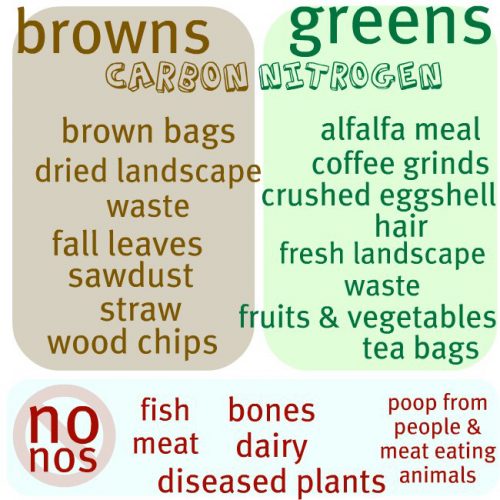
You might be thinking, “Well, this is easy. Anything that’s organic can be thrown in the bin, right?” Technically, this is correct. All organic matter can be composted. This doesn’t mean that you should do it though. You want to avoid adding anything to your bin that will attract rats, mice or even worse, spread disease. Let’s walk through the basic items that you can safely add to your compost pile.
Green Waste Material
You guessed it. Green Waste material truly means “green”. This includes flowers, veggie and fruit peels (not the pulp), grass clippings and weeds, and of course, manure. One thing to note about using manure is that you want to stick with that from horses and cows. We’ll get into the why when discussing materials that should not be composted.
These materials break down quickly and have a high nitrogen content. This means that your compost will break down faster and you’ll be able to use it more quickly. You need to remember that for grass and flowers they will need to be finely cut so that they can be layered with other materials. This will help ensure that there is proper aeration getting through to the rest of your compost pile.
Brown Waste Material
This type of waste breaks down more slowly and has higher carbon content. It’s also, well, generally brown. Old, shredded paper, cardboard, dead leaves, and old coffee grounds are all perfect fodder to use for composting. There are other materials such as hay and branches, which can also be used in your compost pile.
Things You Should Not Compost
There are a few things that you should not use for composting. Remember that talk about only using horse or cow manure?
While it might be tempting to also include dog or cat poop in there too—don’t. There are several types of bacteria and disease that exist in their fecal matter which can lay waste to your compost pile and endanger your health.
Other materials you want to avoid are meat scraps. Both cooked and raw meat can also contain harmful bacteria and attract annoying vermin. You also want to avoid materials that have sulfur oxides, which are found in coal and coal ash. There are several more, but this is the short list of materials to avoid when building your composting pile.
Conclusion
While creating your compost, there are a few things to keep in mind that will help ensure that you have an endless supply. Making sure that the bin that you’re using has the right aeration will help air circulate through the compost. This will help to break down the materials more quickly so that you can put it to use in your garden. Now you can go out and start producing your own compost and have a new use for all of that “trash”.

